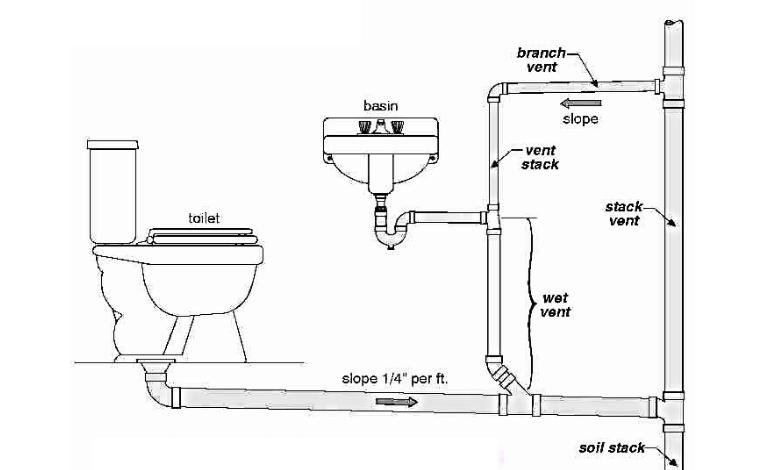Maintaining a toilet means ensuring a healthy family. The bathroom is the most visited room in one house. After you wake up in the morning, before going to bed, you use the toilet. So a hygienic, clean toilet is a must for leading a disease-free life. Sometimes this toilet faces probing in working. Like it’s overflowing without any reason. Most of the tile results from clogging the drainage system, but your sewer system is transparent, and still, your toilet is overflowing. It’s a very bothersome thing to deal with. If you want to solve this issue and know the reason behind it, this article will provide you with every information.
Why is the toilet overflowing but not clogged?
The fundamental reason for overflowing toilets is a clogged drainage system. But sometimes, this does not happen because of blockage. To find the other cause of overflowing the toilet, you need to check another part of the toilet. The other reason for overflowing a toilet without clogging is given below:
-
The problem with waste line venting:
a successive flush needs all drains or waste pipes vented. Without the venting pipe, the vacuum of water flows through the tube, which can suck it out of the P shape traps of the drain with great force. This force is enough to stop the water. And then a toilet releases a massive amount of water into the pipe very fastly. But this flow stops by any chance, then this water returns to the bowl and overflows the toilet.
Solution: Clean the waste venting line. You can do it yourself or contact a plumber to fix the issue.
-
Clog in another drain:
The toilet doesn’t work with a single pipeline. Another drainage system also attaches to it, and if any clog happens in there, that ultimately leads to clogging in the toilet. And this also causes overflowing in there. The pain of this situation is that you can’t use a plunger in there, and it is almost impossible to solve this issue yourself. If the clog is small, you can get success by using a good amount of cleaner.
Solution: as I told you before, this line is hard to clean. You can’t use a plunger. So if you got a toilet snake or auger, you could use this. Otherwise, it would help if you poured a generous amount of drainage cleaner into it to unclog the toilet.
-
Septic system issue:
Septic is the last destination of the waste from the toilet. You must check if there is an issue with the septic tank then. The tank cannot accept more water if you use it for an extended period and don’t pump. Then you face the overflowing issue.
Solution: To solve this issue, first locate the septic tank in the ground. Then pump asway some waste from it. Most of the time, you need help from a professional to do it. If you notice the tank is full, then pump it, then forward it a further step to maintenance specialists.
-
Toilet tank malfunction:
The Toilet tank is one of the essential parts. And this always controls the total flushing system of the washroom. If there is any problem with the flapper or gasket, it can’t seal the water into it. Sometimes water leaking is also the reason behind overflowing. Sometimes the wrong size flapper and gasket also create issues like that.
Solution: If your toilet flapper or gasket gets old, it gets damaged easily. And that time you need to change it and replace it with a new one. But always choose the right size. Otherwise, it can’t seal the water in the tank.
Conclusion
Overflowing the toilet is a very bothersome issue. Without solving it, you can’t use the washroom. It’s impossible to live one day without using it. So it would help if you fixed this as soon as possible. If you know about the issue, you can quickly restore it yourself. This DIY fix will save you time and plumber costs.
We are really lucky to have a hard-working, multi-skilled plumber on our team. Collin D. Gallegos, a professional plumber who has worked with us since 2012, is an expert in vent, septic, and drainage systems. He is a Certified Master Plumber and has worked on various commercial plumbing projects. He usually helps our readers resolve plumbing and pipe-related issues with a proper DIY troubleshooting and repair guide.